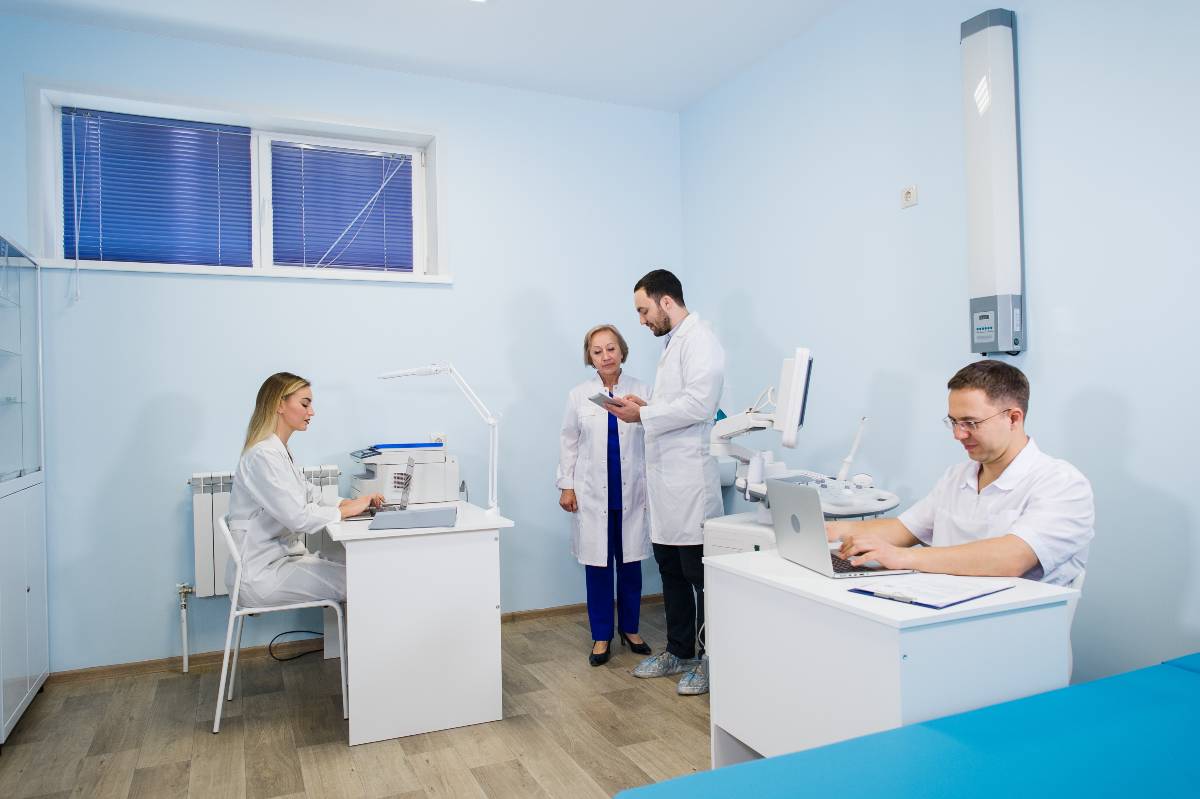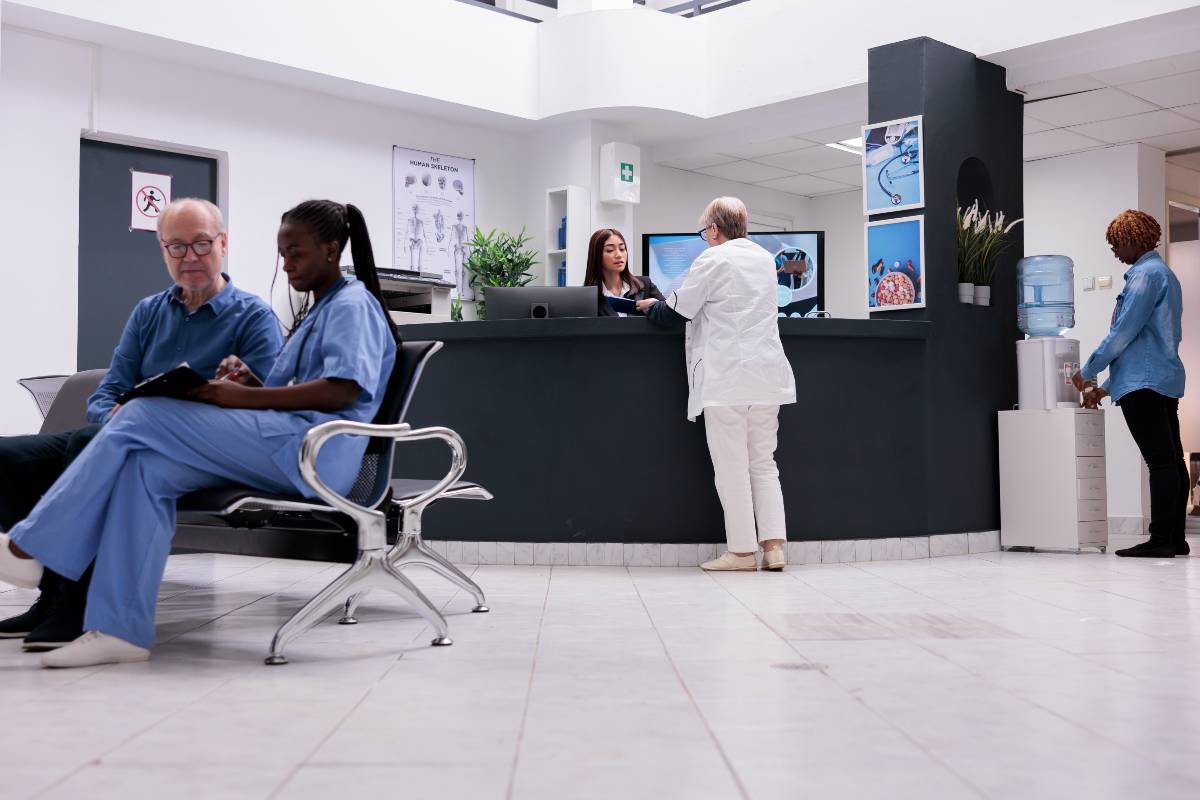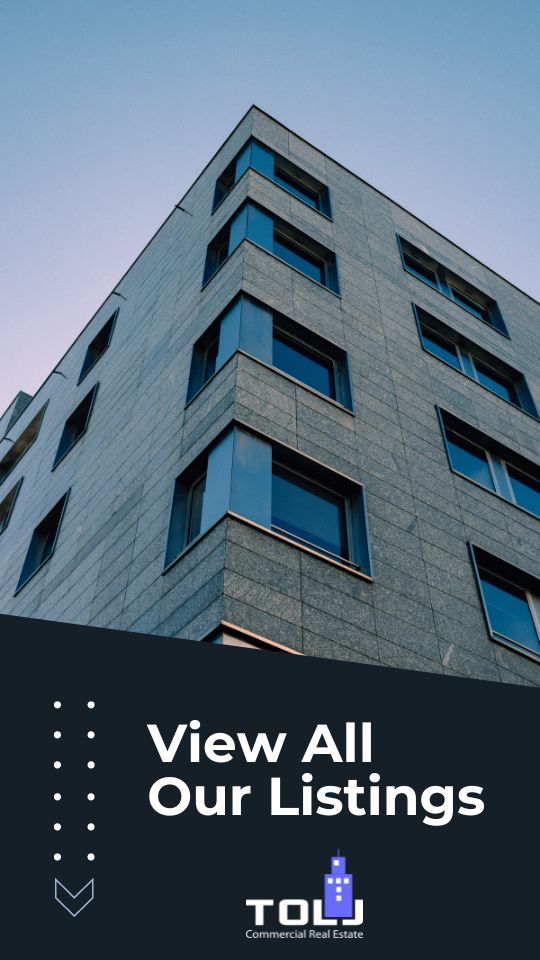As a commercial real estate specialist with over 18 years in the industry, I’ve seen firsthand how location can make or break a medical practice’s referral network. When physicians ask me about finding the perfect space for their practice, many focus solely on rent costs or square footage—but overlook how their geographic positioning will affect their most valuable asset: patient referrals. Let’s dive into medical office location referrals.
Key Takeaways
- Proximity to complementary medical practices significantly increases referral potential within a 5-mile professional radius.
- Hospital-adjacent locations create natural patient flow and professional connections that boost referral networks.
- Different LA neighborhoods offer unique referral advantages based on demographics and existing medical ecosystems.
Why Location Matters for Your Referral Network
I remember working with Dr. Chen, a cardiologist who initially chose a location based purely on affordable rent. Six months later, she called me frustrated because her referral pipeline had dried up. Her practice was geographically isolated from the primary care physicians who typically referred patients to her.
The truth is, proximity matters enormously in healthcare referrals. Studies show that physicians are significantly more likely to refer patients to specialists within a 5-mile radius of their practice. This isn’t just convenience—it’s about building the professional relationships that sustain medical practices.
Strategic Location Selection for Maximum Referrals
When helping medical professionals find their ideal location in Los Angeles, I focus on these key factors:

Medical Ecosystem Density
The concentration of complementary practices around your potential location directly impacts referral potential. A dermatologist will benefit from being near primary care offices, while an orthopedic surgeon might want proximity to physical therapy centers and sports medicine facilities.
I always map out existing medical clusters in areas like Beverly Hills, Santa Monica, and Glendale before showing properties. Each neighborhood has its own healthcare ecosystem with distinct referral patterns.
Hospital Proximity
Being near major medical centers like Cedars-Sinai, UCLA Medical Center, or Providence Saint John’s can dramatically increase referral opportunities. When Dr. Martinez relocated his practice from Pasadena to within walking distance of Cedars-Sinai, his referrals increased by 32% within the first year.
The hospital’s gravitational pull creates a natural flow of patients and professional connections that’s difficult to replicate elsewhere.
Specialist Saturation Analysis
Understanding competitor density is crucial. While some clustering is beneficial (creating a “medical destination” for patients), oversaturation can dilute your referral sources.
Before recommending locations, I analyze the density of similar specialists in the area. For example, the Westside has a higher concentration of cosmetic dermatologists than the San Fernando Valley, which affects both referral patterns and direct patient volume.
Los Angeles Neighborhood Insights for Medical Practices
Each LA area offers distinct advantages for different medical specialties:
Beverly Hills/Century City: Perfect for high-end concierge practices and specialists requiring proximity to celebrity clientele. The referral networks here tend to be tight-knit and relationship-based.
Santa Monica: With its proximity to UCLA Medical Center and health-conscious demographic, this area favors integrative medicine practitioners and specialists focusing on preventative care.
Burbank/Glendale: The concentration of entertainment industry insurance plans makes this an excellent location for practices that serve industry professionals, with strong referral connections to studios and production companies.
Downtown LA: The recent healthcare development boom here has created opportunities for practices serving corporate clients, with strong referral networks among the business community.
Building Your Referral Strategy Around Your Location
Once you’ve selected your location, leverage it to maximize referrals:
- Host local physician meet-and-greets at your new space to introduce yourself to potential referral sources
- Join neighborhood medical associations specific to your area
- Create geographic-specific marketing materials highlighting your convenient location relative to referral partners
- Establish formal referral programs with nearby complementary practices
FAQs
How does the location of a medical office impact provider referrals in LA?
What should a patient do if they need a referral for specialty care?
Can a doctor refer a patient without an appointment?
What is the referral process when a patient needs to see a specialist?
How can a patient get a referral for a new patient appointment?
Conclusion
I always tell my medical clients: your location isn’t just real estate—it’s an investment in your referral network. The right location might cost more initially but pay tremendous dividends through a robust referral pipeline.
When Dr. Williams, an ENT specialist, was debating between two locations—one offering 20% lower rent but isolated from other medical offices—we calculated the potential referral revenue difference. The higher-rent location near a medical cluster ultimately generated an estimated $215,000 more in annual revenue through increased referrals, far outweighing the additional $36,000 in rent.
Your practice location is more than just a space to see patients—it’s a strategic business decision that directly impacts your most valuable patient acquisition channel: professional referrals.
As you consider your next medical office location in Los Angeles, think beyond the physical space and consider how your address will position you within the complex web of healthcare referrals that will ultimately determine your practice’s success.
Schedule a consultation with me, Mike Tolj. I’ll analyze your specialty’s referral patterns and identify prime LA locations to maximize your practice’s growth potential.




